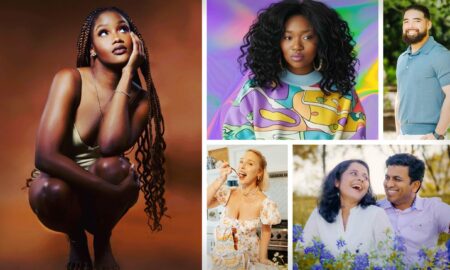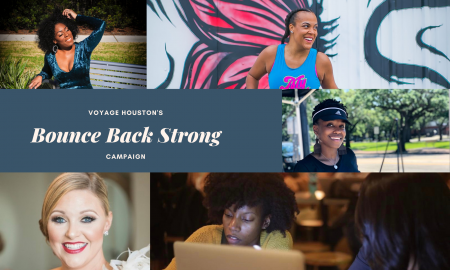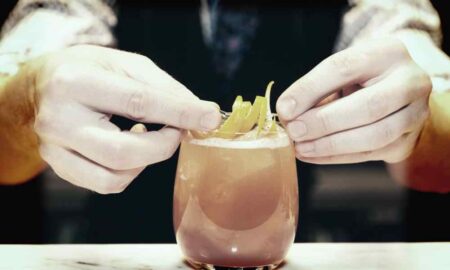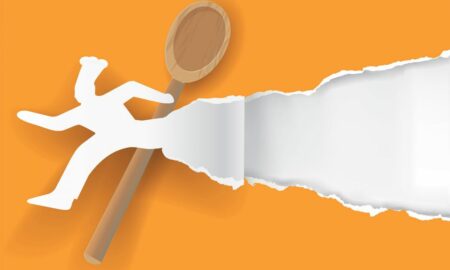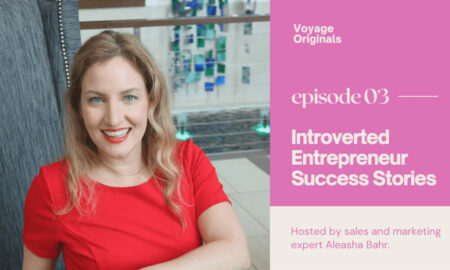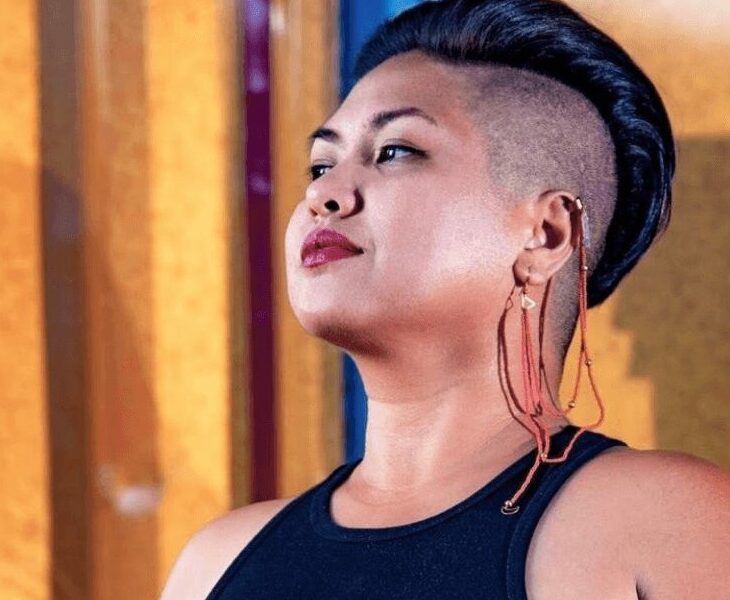

Today we’d like to introduce you to La’arni Ayuma
Hi La’arni, so excited to have you with us today. What can you tell us about your story?
I was born in Lucena City, Philippines, to Lorna Aguilar Villalon Ayuma and Godofredo Gonzales Ayuma and raised in a multigenerational household. My maternal grandparents lived in a house behind ours, while my paternal grandparents lived on a small island called Palasan. The gift of folk medicine is through my paternal lineage of Ayuma, Gonzales, and Ligaya. Lolo Apyo, my paternal grandfather, was an Albularyo. My paternal grandmother’s brother, Tata Miguel, was also a powerful folk doctor. It would take decades more before I learned of other relatives who practiced traditional medicine, midwifery, bone setting, energy work, Hilot bodywork, and spiritual counseling.
As a child, there was this inner knowing that I walked with. I was unable to process it mentally or emotionally and didn’t think it was anything connected to my elders’ medicine. I remember feeling confused and angry about different situations and experiences. I had moments of disappointments and frustrations towards the adults in my life because of certain expectations. I was that child, not necessarily well-received or liked, and at times, had a hard time communicating with proper respect. This inner knowing also allowed me the ability to deeply feel, hear, and see beyond the surface. Something I didn’t really value as a gift until much later.
My journey as a mother somehow parallels my journey as a spiritual practitioner. I birthed three of the greatest teachers I could ever have in this lifetime. I was 18 when I had my eldest and in my 30s when I had my middle and my youngest. Each birth came with its own blessing, rebirthing myself in the process. My pregnancy and birth experiences taught me so much about courage, grief, healing, growth, depression, transformation, compassion, my humanity and so much more. My last birth brought so much to the surface: past trauma, old stories that were shared with me or in my presence, images of things I’ve witnessed, memories I’ve suppressed, experiences I thought I’ve healed, visions of life I have not or may have lived and all of the things I was constantly receiving.
Around this time, the spiritual connection felt the strongest it’s ever been, but it was also the most unwell I’ve ever felt. Confused, I thought if I were truly destined to birth all my children, then why did it make me feel like I was fading? Things got too deep and difficult that I shut down my practice. It also interrupted my personal and family life drastically. I took some time to really listen to what was happening, I had no choice. I realized I couldn’t do it alone. With the help of other healers, friends, and family, I fought harder and found ways to advocate for myself. I made the decision to trust my visions and answer the call from the land that birthed me. It turned out to be the medicine I’ve been needing. I learned later on that this “illness” was a gift of spiritual initiation. This led me to meeting a Babaylan. It was my first time meeting someone like Janet, a high priestess who is a gifted healer, seer, a mediator with the spirit world, a culture bearer, a ritualist, and a community leader all in one. It was one of the most crucial and powerful experiences I’ve had, it helped me make sense of my own existence. Something I wish I received earlier on with my own family. My time with her led to creating an opening to ask my father the old questions again about his story, our story. I did, and so we began to remember together.
In my holistic health practice, integrating my lived experience, training, skills, certifications, work experience, and ancestral medicine from my family allowed me to create work that bridges traditions with the modern ways of living. I am thankful for where growth has led me in my practice. I’m thankful for the many communities, organizations, families, and individuals who have entrusted me with their stories and their care. From being a child giving Hilot medicine to the elders to becoming a mother who holds space for others to process their narratives, who assists with folks in their healing journeys, who uses voice for guidance, and who facilitates community. In many ways I still am that child, with the same inner knowledge I walked with, only this time I now walk with teachers. Deep gratitude to these artists, activists, community leaders, high priestesses, elders, peer teachers, facilitators, healers, nurturers, and nature. Because of them, I am here.
Would you say it’s been a smooth road, and if not, what are some of the biggest challenges you’ve faced along the way?
The narrative I’ve held on to was filled with stories of life’s struggles. There were so many experiences that contributed to my story; it felt like that’s all I knew. I had this idea or belief of myself that was hard to break. Many times, I felt I was not equipped, or that I had to have healed completely before I could share my story, or I was just afraid. There was always something pulling me back. Years later, I made the connection between that and a traumatic experience as a very young child. I struggled in my own healing, in asking for the kind of help I needed or who I should approach. I didn’t have an idea of what a healing process looked like for me or what I had access to and tapped into. This led me to creating and advocating for a more holistic approach to mental, physical, emotional, and spiritual health. Creating this vision to life took years of navigation, deep listening, making mistakes, facing failures, burnout, harsh growing pains, and so many moments of new beginnings.
There was this one year where I was going through this transformation, a beautiful chaos, where I had cut off my long hair of 25 years and in the process of releasing a lot of my attachments. I thought everything happening was part of my new beginning, and learning about a new space opening across my son’s preschool was such a blessing. The interview process went so well, felt proud of how I connected with them and negotiated that I felt I found my new office space. The evening before my lease signing, I was going through so much anxiety to a point I felt sick to my stomach. I told myself that it was because I was doing a thing I was afraid of. I showed up and something still felt uneasy. I sat across from the director, and we talked about the lease and how things work in the office. It was the actual signing where I felt it; I felt him more. I told myself that it was okay, I could handle it, and that this was a great opportunity.
I lasted a few months. This “spiritual leader” and counselor was not to be trusted. The whole organization also treated my arrival as a strategy to get my people to come in. I told them that if couldn’t trust them, I would not entrust my communities with them. It was a mess, and I’m glad to have learned a hard lesson. I remember having an elder in the past who appeared supportive and would show up to the spaces I organized, but I would be berated in an email exchange for something she didn’t think was proper. The same elder would show up in circles about decolonizing the Filipino American narrative and created a hostile environment for the attendees.
I knew that I needed the right teachers, but I had a hard time finding them. Plenty of times I wished I remembered more about my Lolo Apyo’s medicine, especially his process and how he has carried this work his whole life. I heard of beautiful stories of apprenticeship in family lineages, but our story was the opposite since grandfather asked my dad to be in a profession that would contribute to the family. Work of an Albularyo did not sustain the family. Sadly, we did not learn how to do our work in alignment with what we need to not just survive but also thrive. This is something I am healing and tending to in my own path.
The idea of life-work balance was something I tried to uphold and failed at miserably. Learning what it means to have boundaries is an ongoing practice; it also felt like a foreign concept. Because of the kind of work I do, I am always “tapped in.” It took a long time for me to learn what it meant to ground myself, or to protect myself, or to hold rituals for myself. And I attribute that to not having the teachers I needed, especially in the very beginning. Creating my foundation took time. As much as I trusted my skills, knowledge, and intuition, I still had many moments of doubt, which led to years of resistance. I also thought that I was going to wait until my children were grown so that I could do the work I was supposed to do. The universe found a way to position me back in the Philippines and wherever else I needed to be, and life started to move a bit differently for me and my family. I also learned to lean more towards harmony than balance.
My resistance made me reject work if I thought there were others more capable. I didn’t think anything was wrong with that, the issue was that I didn’t acknowledge my own abilities. I did not trust myself enough. There was so much internal work I had to tend to and continue to heal. I learned that we need a whole community of people and nature with us. That we shouldn’t go through this alone. Reaching out to friends, community, organizations, or practitioners for guidance and validation is crucial in our healing and transformation.
As you know, we’re big fans of Ayuma Healing Arts. For our readers who might not be as familiar what can you tell them about the brand?
My journey into this work stems from my lineage and a deep belief in our ability to heal ourselves and create the change we need. This belief translates into the crucial work of ancestral healing, tradition, and cultural arts education and facilitating difficult conversations about decolonizing, unlearning, healing, and remembering.
I founded Ayuma Healing Arts in 2005 with the mission to create transformative spaces that honor cultural practices rooted in spiritual integrity and empower community members in their self-care, healing, and transformation. As a Holistic Practitioner and Cultural Artist, my work integrates Philippine ancestral medicine, the art of Hilot, spiritual guidance, traditional and cultural arts education, holistic family support, community wellness, and storytelling.
Working with the youth through The Holistic Child program, we equip and educate multicultural youth through holistic, experiential, and project-based workshops that are designed to align with the body-mind-heart-spirit-land wellbeing. Whereas the UGAT program explore the ways to connect or deepen the connection to cultural roots through ongoing workshops and sessions on tradition and cultural arts, language, holistic living, healing arts, and community building for adults.
Addressing the need for compassionate spaces to navigate identity, generational trauma, and difficult conversations led me to create Kapihan, which is a community gathering held in different locations and online to nurture community voices and stories. This is one of the ways we can explore the complexities of reclaiming our stories, our histories, and family dynamics. To heal as we navigate our narratives and move forward from a place of wholeness. So that we may feel empowered to be the creators of our lives. Kapihan literally means having coffee, and we’ve brewed and offered coffee from US and the Philippines.
We collaborate with other practitioners and organizations to have knowledge-sharing or storytelling events. Through oral tradition, we tell our stories to remember. When we learn our language, our traditional ways of healing, our cultural dances, our art, our food, and our stories, it nurtures us back into wholeness. Our forgotten cultural practices, if we choose to embody them, become integrated to the ways we move about this world. It becomes woven to the ways we heal, the way we relate, how we raise our children, how we participate and show up in community with others. This is part of our folk medicine.
I have had the honor of working with a number of local, national, and international organizations that are in alignment with my vision and/or hold a more expansive lens in creating a more equitable, sustainable, or empowering world. I am a member of Communities of Color United for Racial Justice (CCU) a group of Black, Indigenous People of Color-led community-based organizations and individuals in Austin. I am a former board member and volunteer of Mama Sana Vibrant Woman (MSVW), which is a community organization that works to facilitate access to culturally appropriate and quality, prenatal and postnatal care for childbearing folks of color in Austin/Travis County. Served a term with the Dell Seton Community Strategy Team under the Department of Population Health to build meaningful relationships, especially in underrepresented communities most directly impacted by social and health inequities and disparities. And worked as a facilitator for Truth Racial Healing and Transformation under Karisha Community and Austin Health Commons which held community healing circles all over Austin.
I’m grateful for the trust that people, communities, and organizations have given and built with me. We have created and sustained a relationship that is not only nurturing for us but also beneficial to our families and communities. I feel honored to have been a part of their journey. I work in alignment, harmony, and protection with my guides, ancestors, and teachers. I trust that my offerings and services will reach the people, communities, and organizations who seek them.
What were you like growing up?
When I began to own my story, I realized that there were so many magical moments in my messy childhood. And who I was to judge my early life. I started drinking coffee when I was 4 or 5, which is not unusual in the Philippines. Some kids got Kapeng Bigas (rice coffee), and I got the caffeinated one from Lola Dia, my maternal grandmother. I remember my family not really liking me, and the only one who didn’t feel that way was my baby brother. My parents would say I show up with a force, and since they were not obligated to listen to what I had to say, they didn’t. Something I’ve come to understand after becoming a parent to big Qi kids. The way I showed up in the world was too strong, I was told. Some felt triggered, and some felt nurtured. A cousin told me that I put my body in front of her and her brother because my grandmother was yelling at them. Another cousin shared that she remembered me talking to everyone the same, including elders, with no trouble or fear, and she felt curious about how I could get away with what she felt was being disrespectful. I do remember feeling and saying out loud that not all elders were my elders or deserved my respect. I was probably around 10 or so.
I had many moments of curiosity and was drawn to wander and wonder. One summer visiting Palasan, I left for the fields to look for my Lolo Apyo, not knowing where exactly it was. Back then, I was already familiar with the stories of harm and/or magic of the unseen and/or regular folks. It didn’t stop me. I eventually crossed paths with a father and son, and I must’ve known I would. Back in Lucena, I would ride my brother’s bike down the hill even when I felt a little scared and would go as far as I could. My mom would say, “ang lakas lang naman talaga ng loob mo, pero…” — which means I had only had courage but… and continued with all the reasons why I shouldn’t do what I did, doing, plan to do.
It was right around 8 or 10 years old; I remember feeling like I was not in the right place, the right body, and that I was supposed to be in my 30s. I also had this feeling of being “both” or fluid, I didn’t have language for this. So, when I learned the word “Lesbian,” I adopted it and told my parents I was, even yelling it out at one time. I felt the same pride when I styled my bangs like an inverted triangle, walking like a Trekkie without truly understanding what it was.
Moving to New York as a 13-year-old and leaving everything I’ve ever known behind, I didn’t feel too grounded when I arrived. My mother, who was a nurse, received a contract for a Bronx hospital in 1989, then petitioned my youngest brother first. My father followed, giving up his law practice and teaching job to support the pursuit of a better life. Then, my two siblings and I followed. I was encouraged to work outside of the Philippines in the pursuit of a better life. My dad left his law practice and did whatever work he could do to support this dream. Took a long time for me to get settled and accept that this was now home.
I told my kids I went to three different high schools: Sacred Heart College in the Philippines, St. Barnabas in the Bronx, and Lincoln High School in Yonkers, and that I skipped middle school in the US. I get street cred for this, and I have shared with them the number of fights I got involved in even before I started school. I would tell them that we don’t start fights we only use it to defend. I wish I could say, “We don’t start fights; we finish them,” because that would be a lie. I walked away hurt and defeated most of the time. I still honor those memories.
Spending my formative years back in the Philippines gifted me with so much. I got close to the ocean, and I see it as my kin and my guide now. Spending time in my paternal grandparents’ home taught me a lot about life, the essential part of being, and the simplicity of it all. I think I understood that better as a child and tapping into it and recreating it as an adult requires more courage. I was thankful to grow up with everyone even if I felt I was raised by no one, this is something I understand differently later in my life.
I remember a lot of my struggles during childhood, and they have affected me greatly. I also remember the ways joy, love, and magic showed up in my life, even in the very beginning. Realizing what has always been there has nurtured me now and the child in me. I am grateful to be sharing my story from this space of wholeness now.
Contact Info:
- Website: https://www.ayumahealingarts.com
- Instagram: @ayumahealingarts @filipinxwellbeing
- Facebook: https://www.facebook.com/AyumaHealingArts
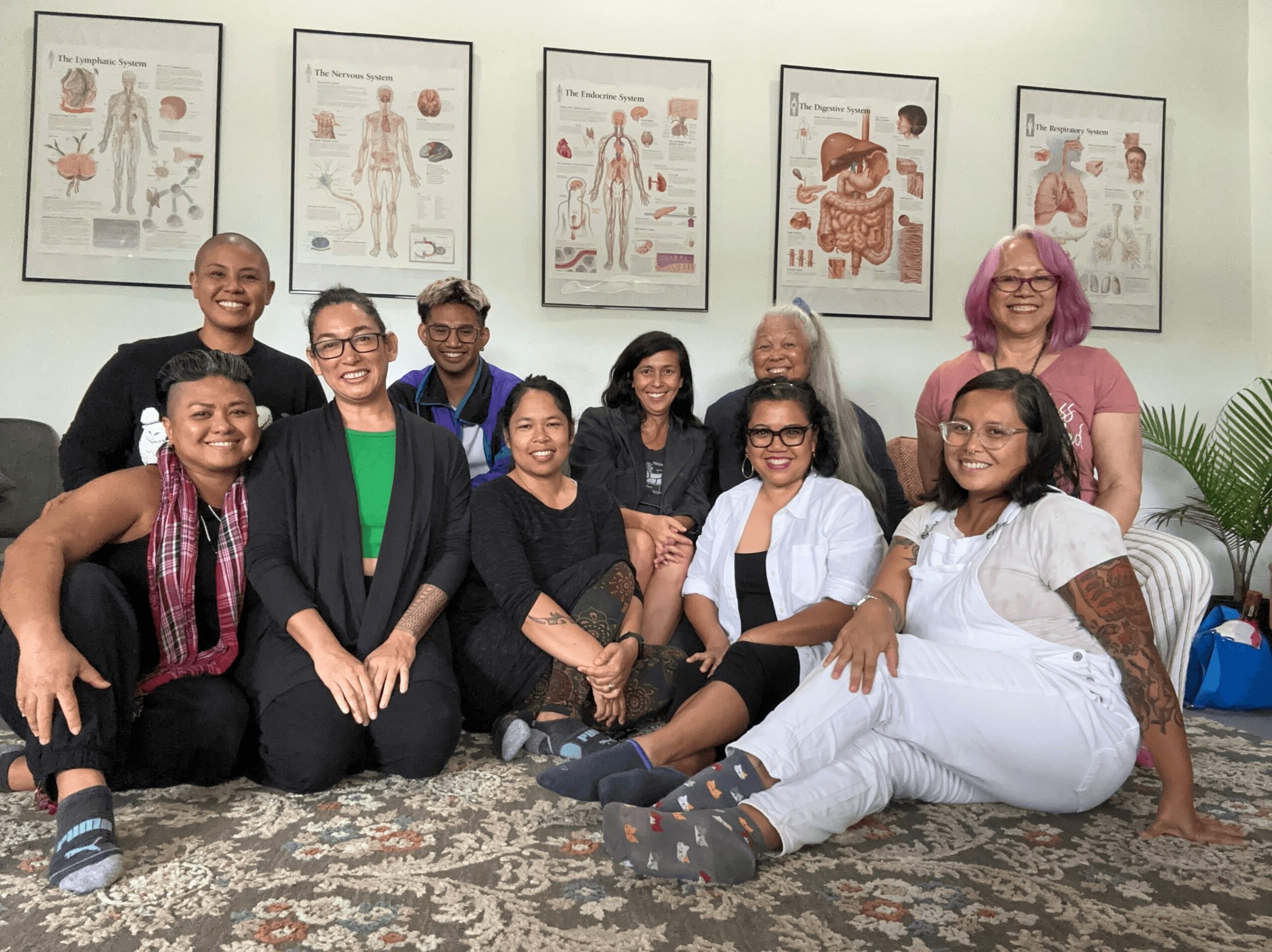
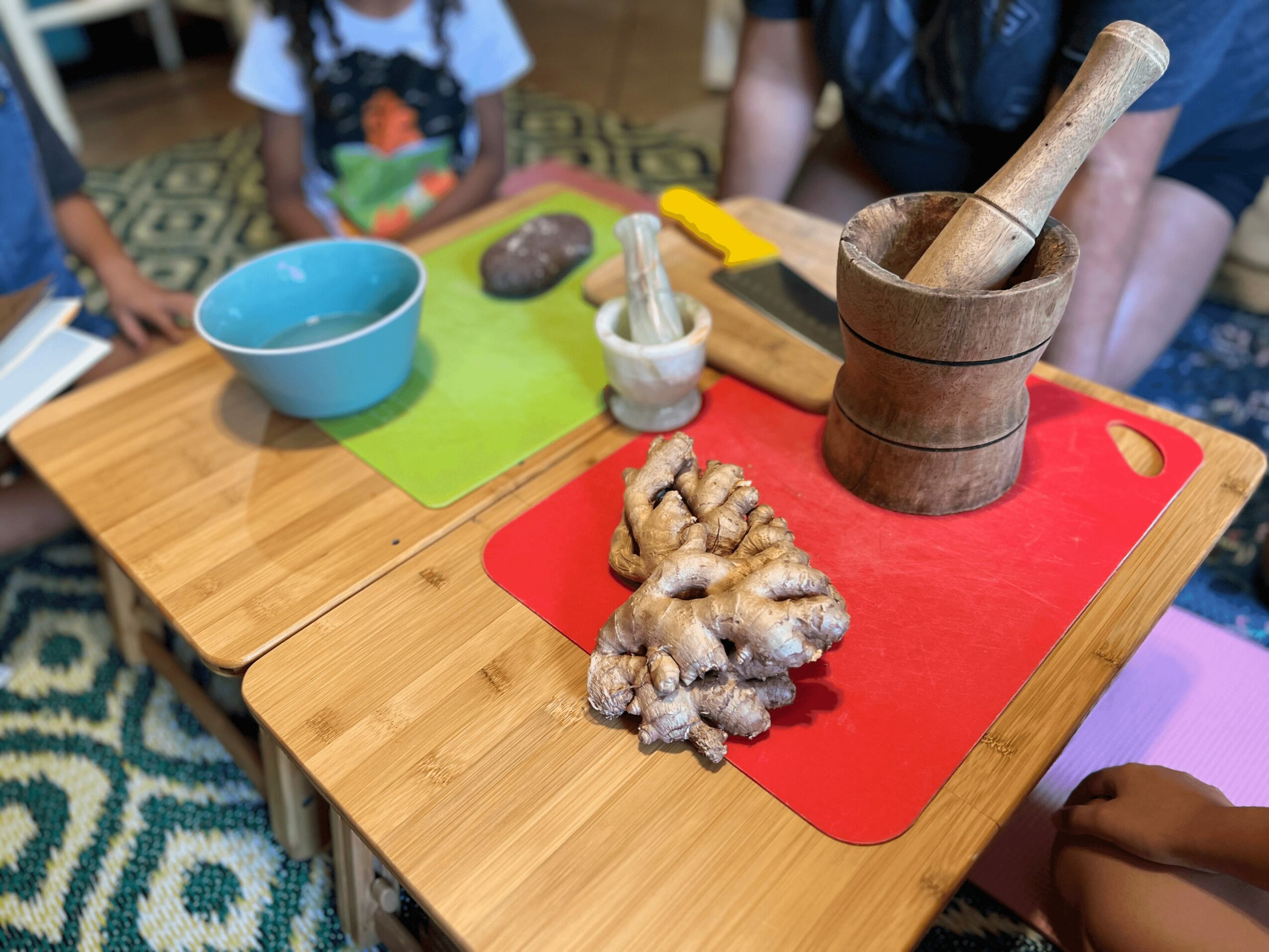
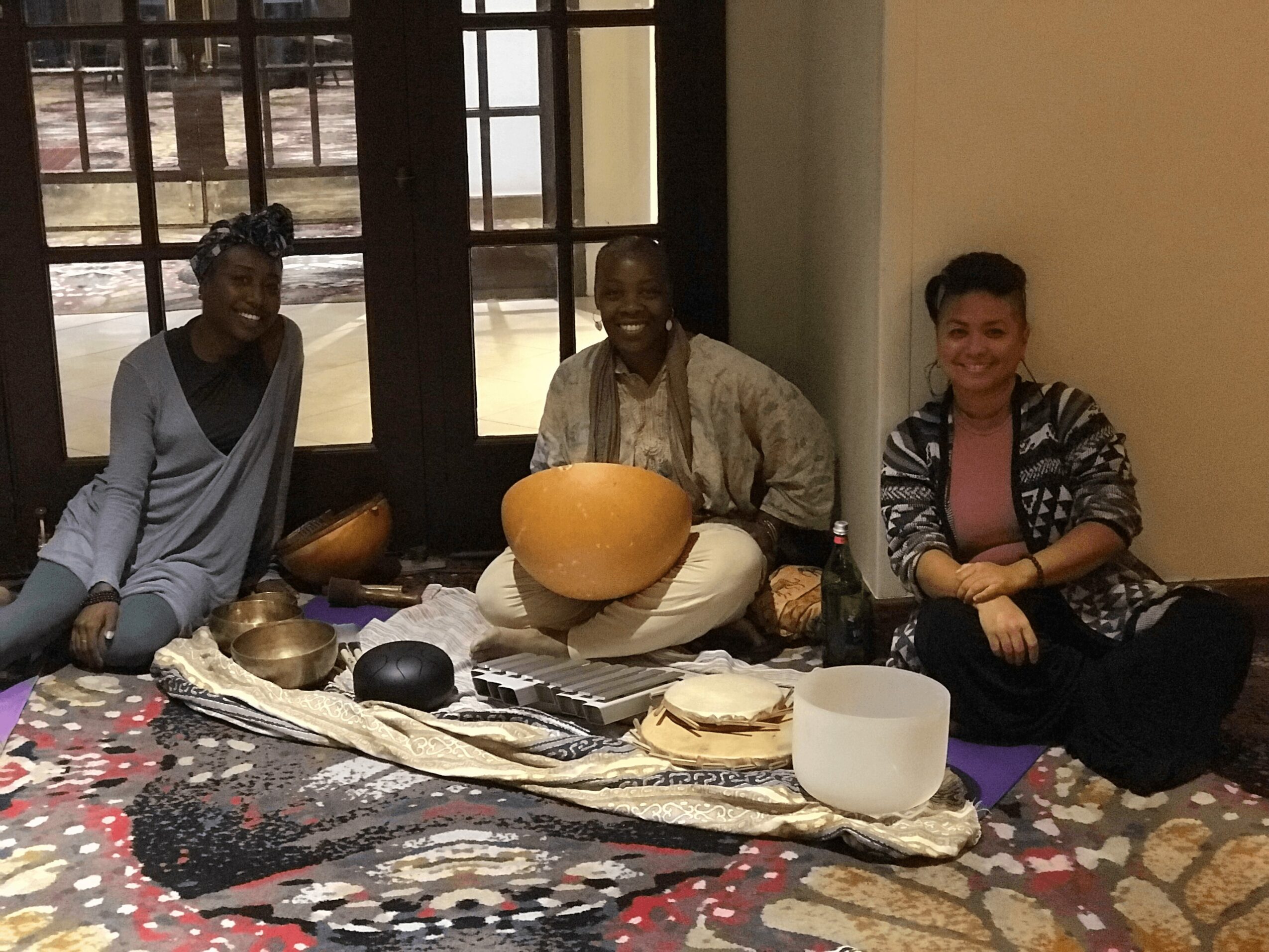
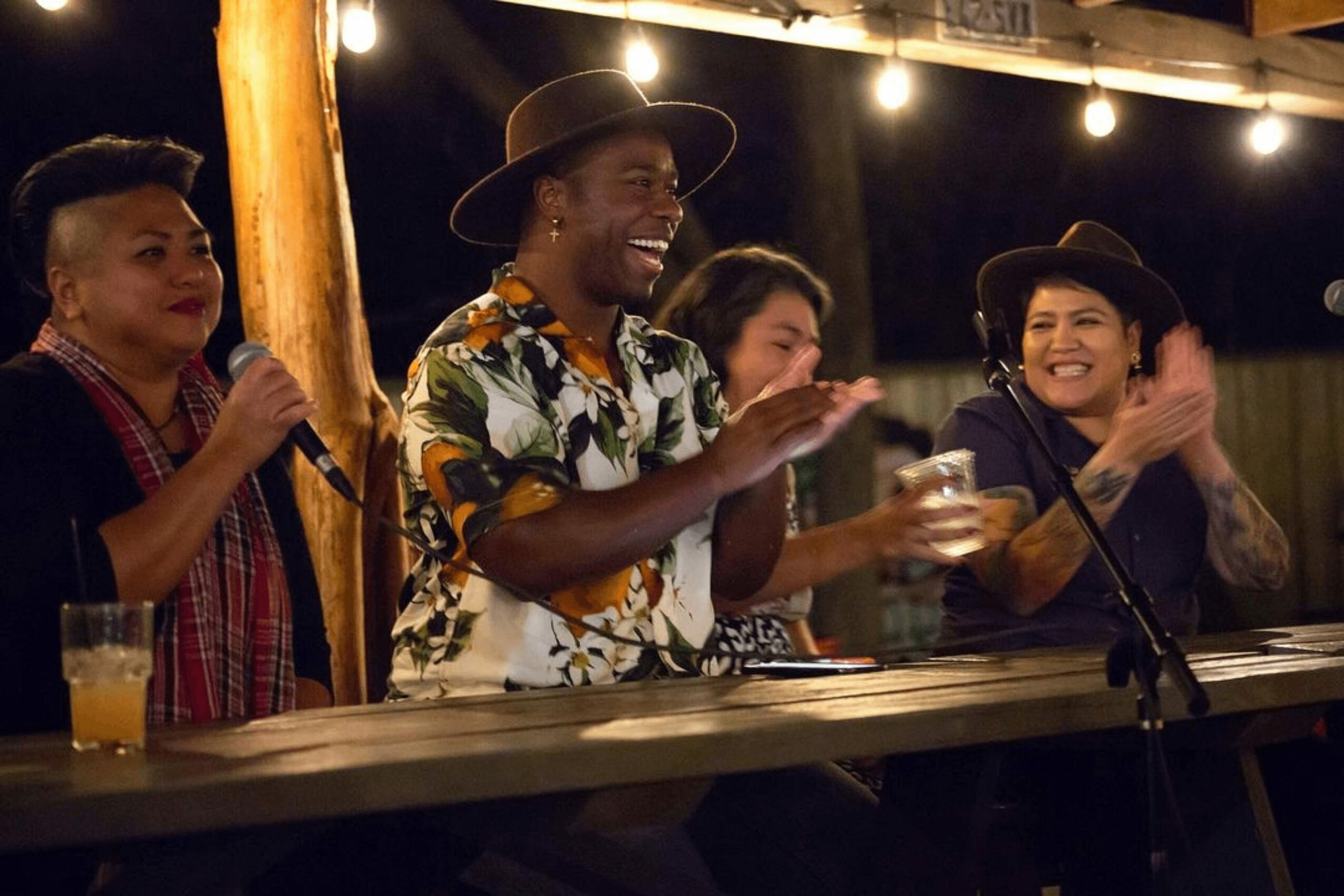
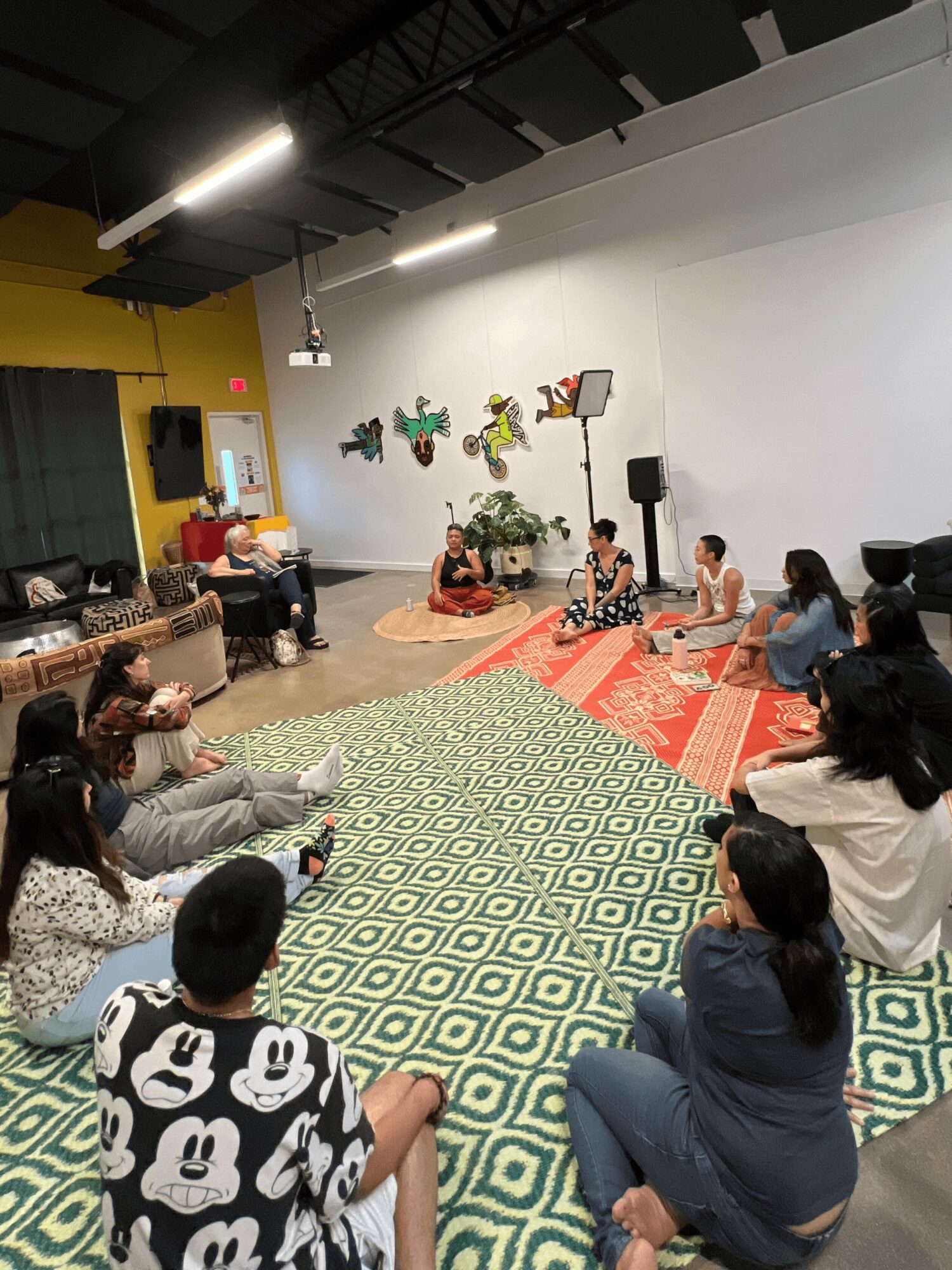
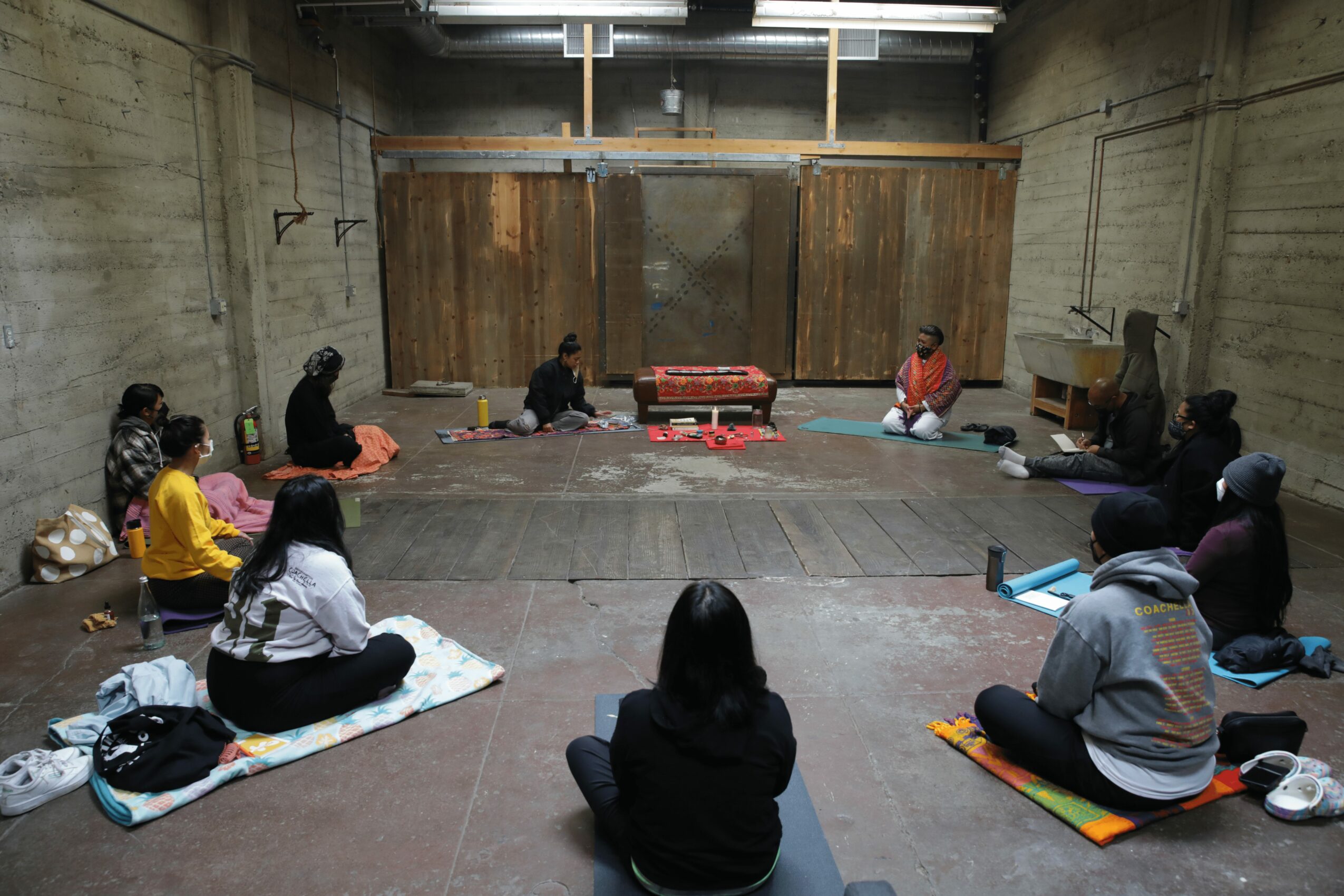
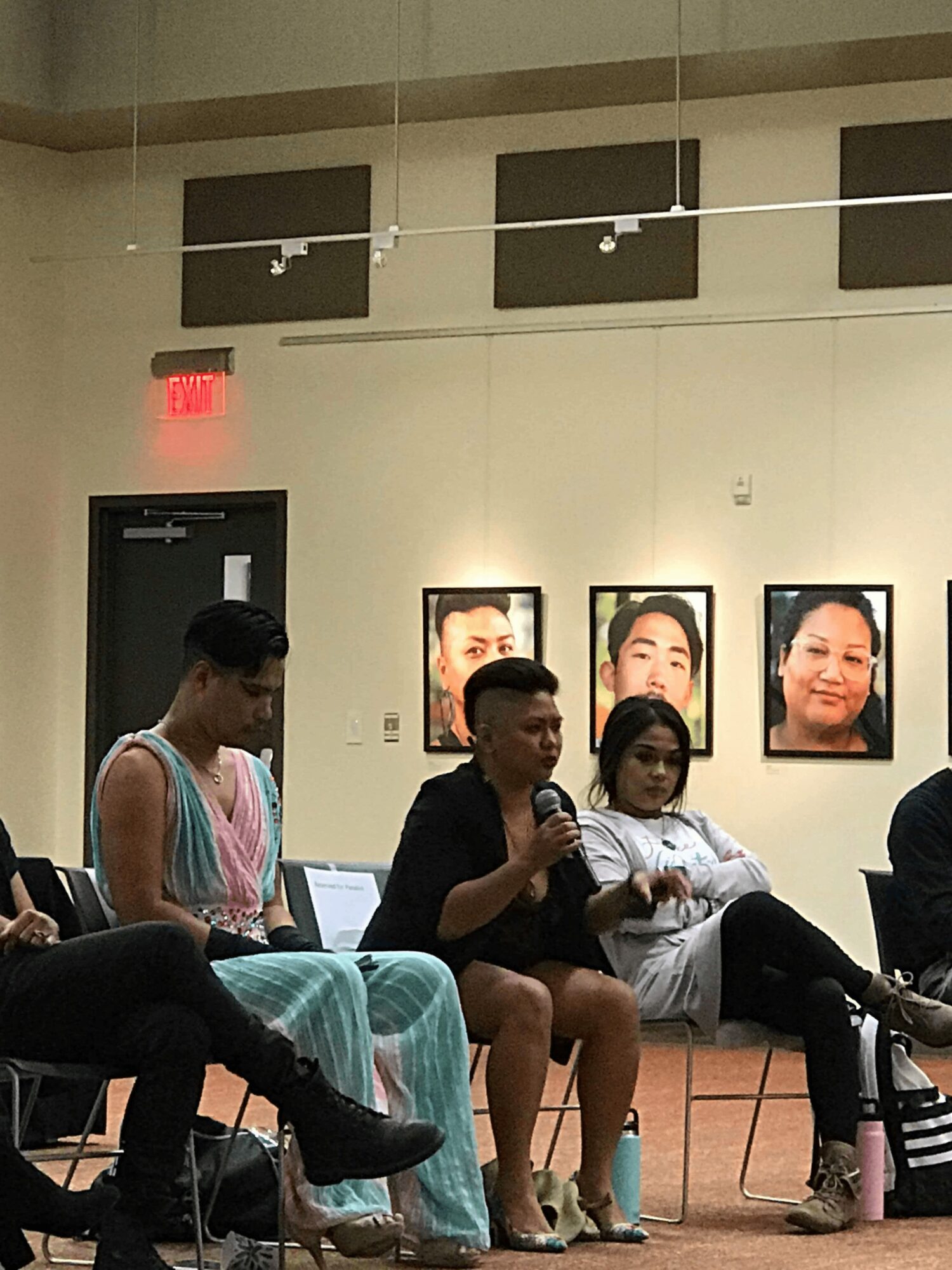
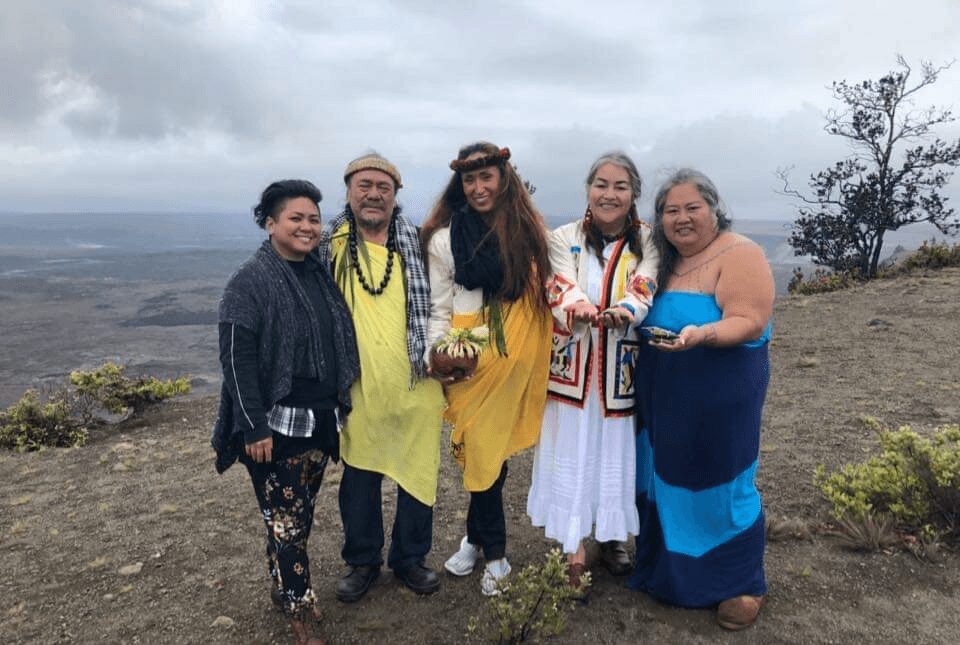
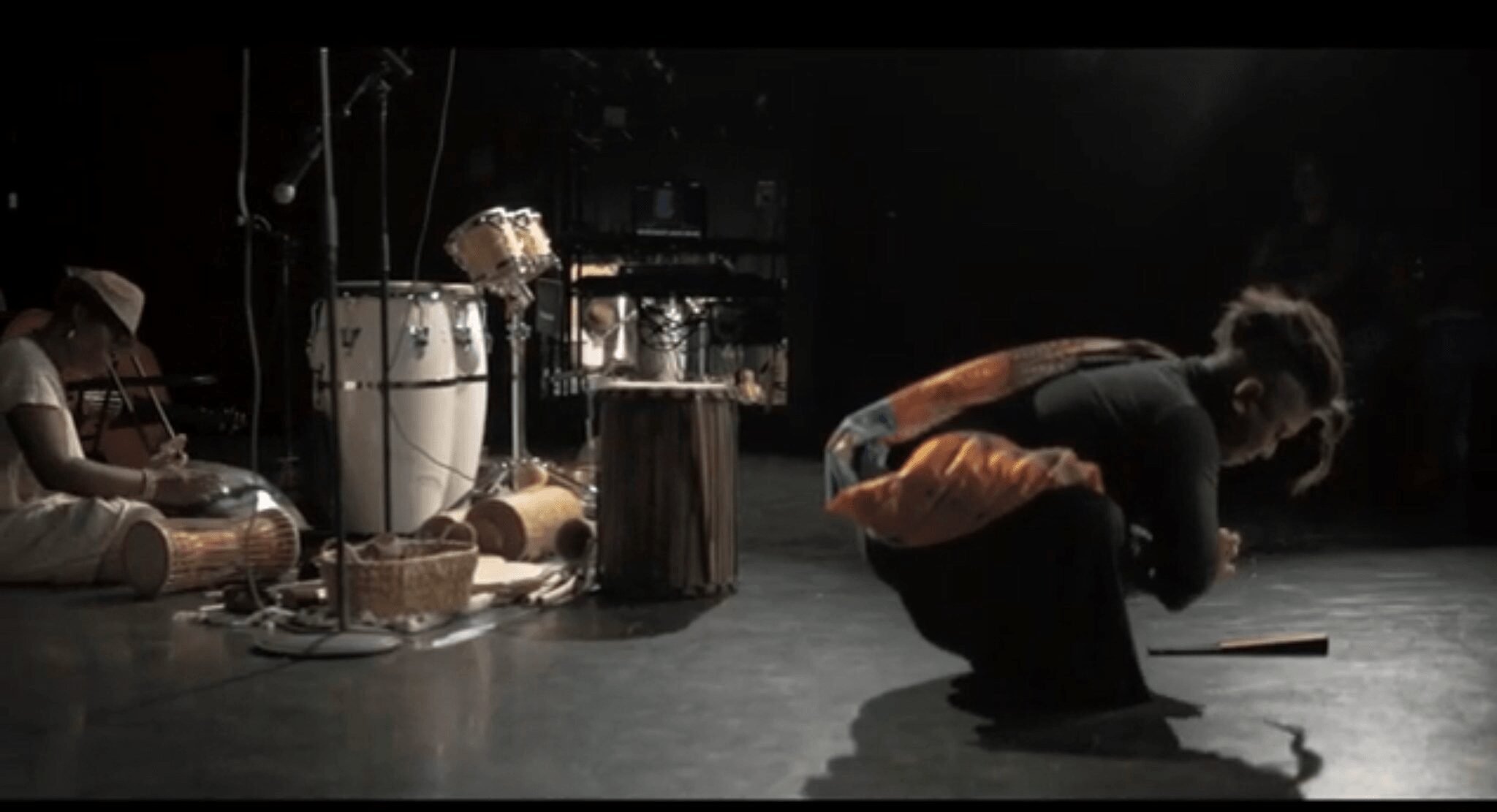
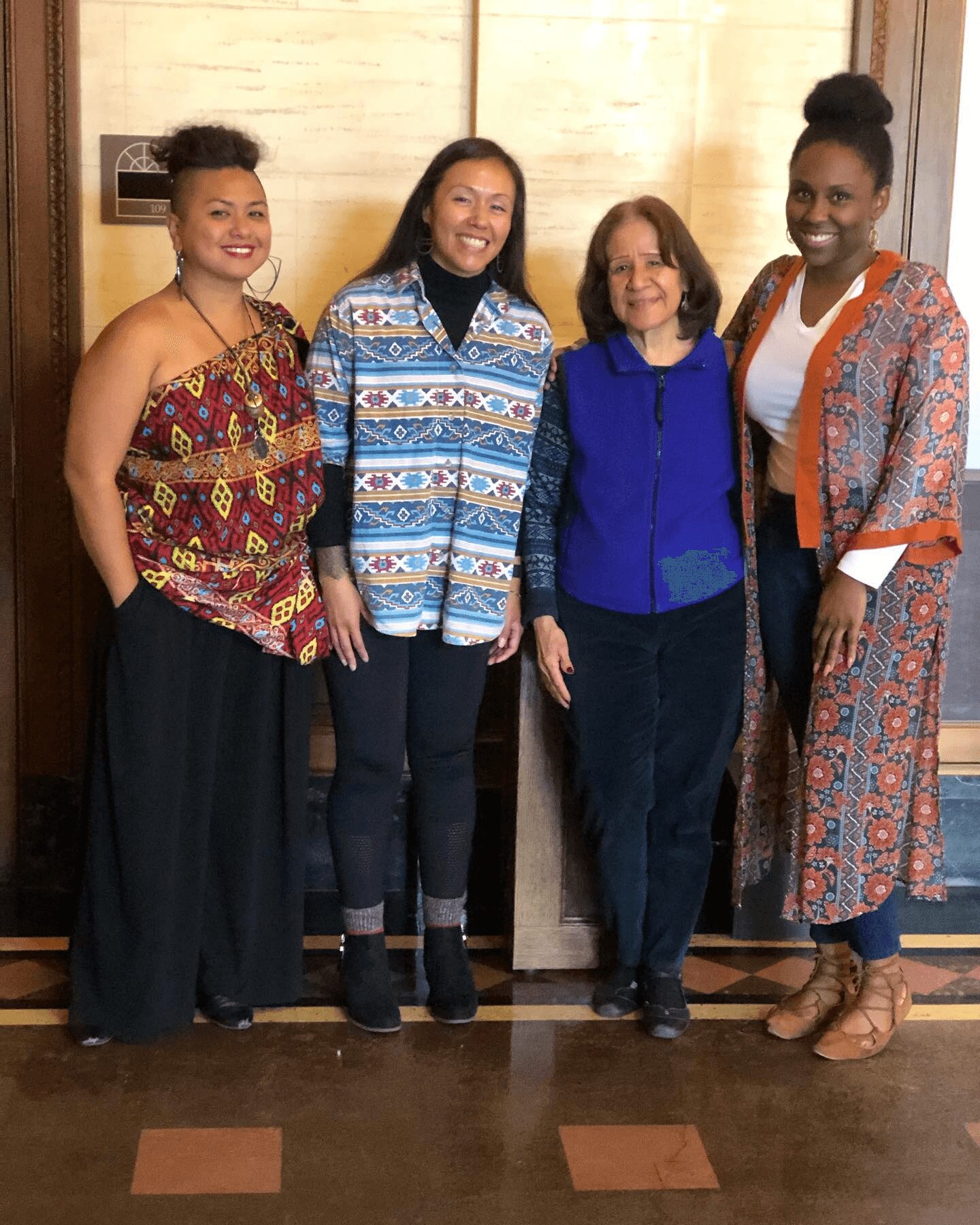
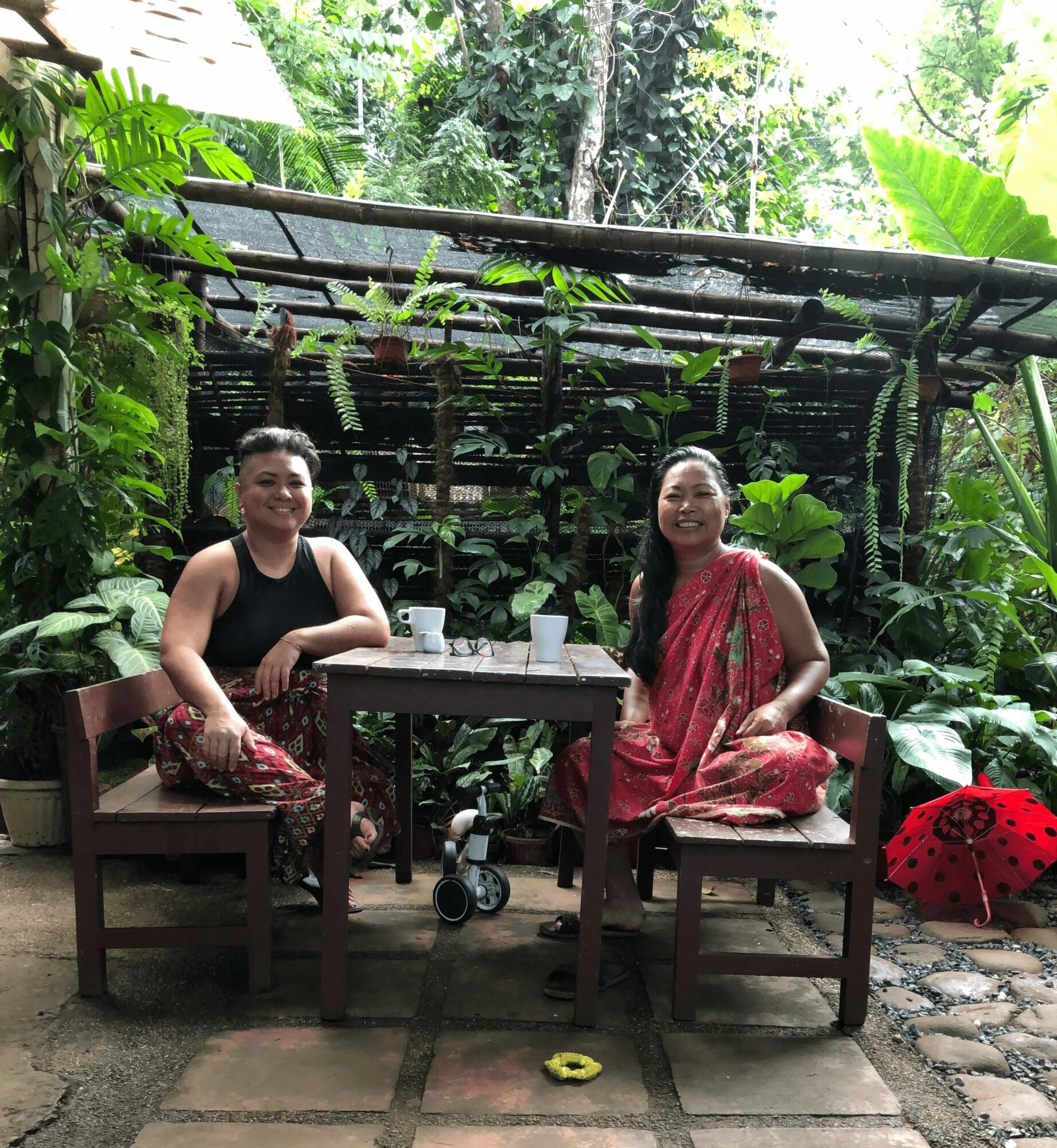
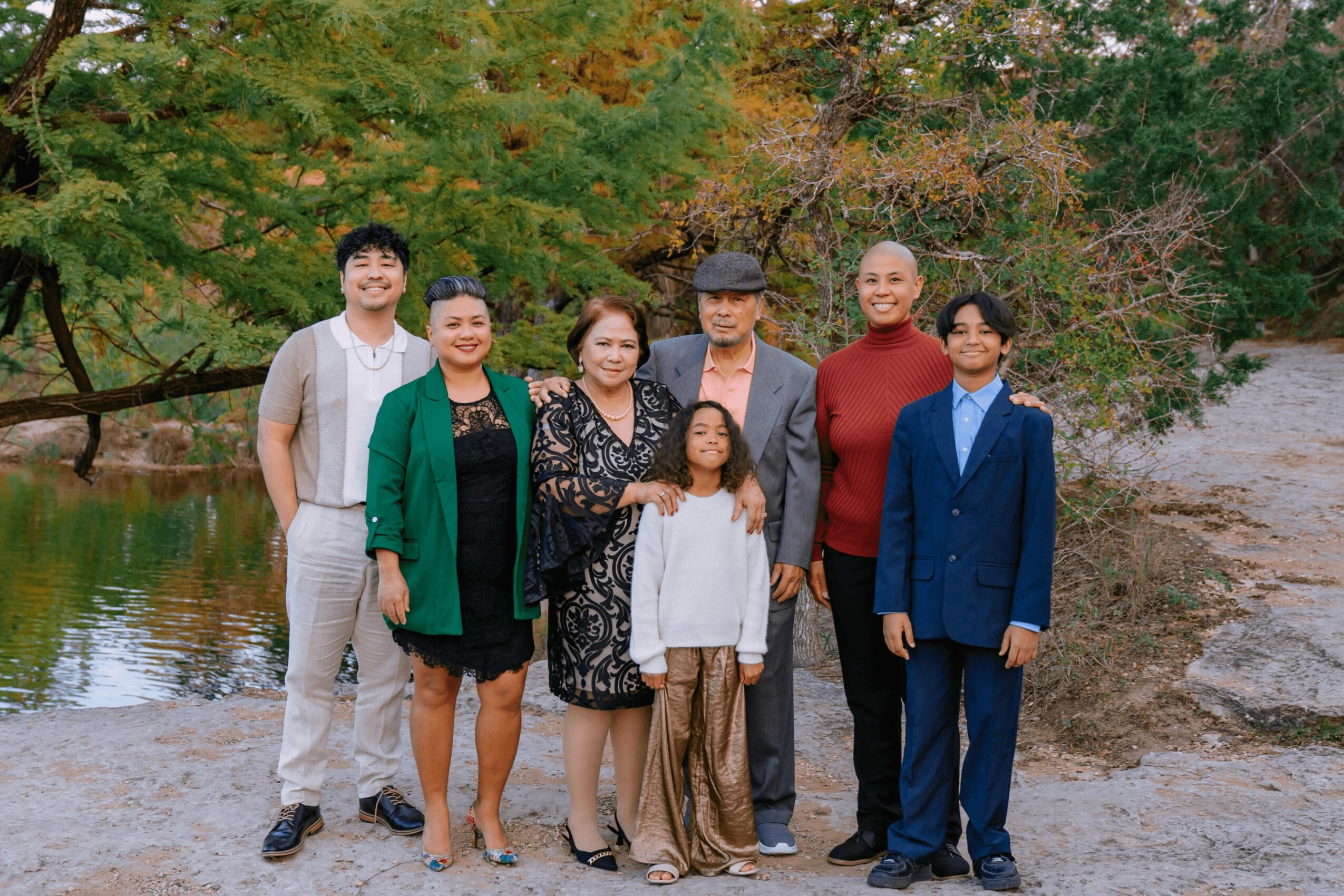
Image Credits
La’arni Ayuma
Kristina Marquez
Beverly Demafiles Schulze
Harvey Lozada
Ayuma Photography

